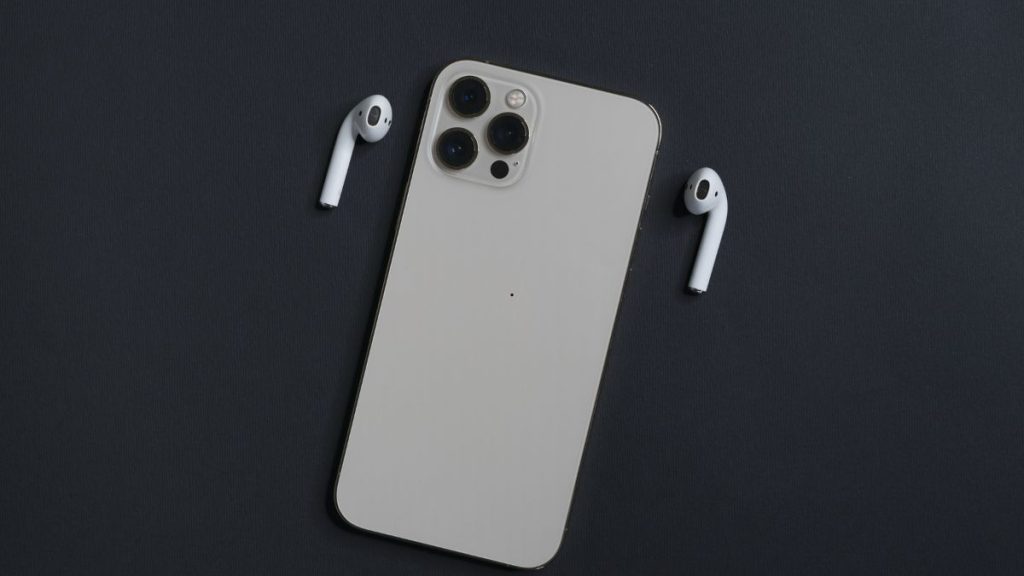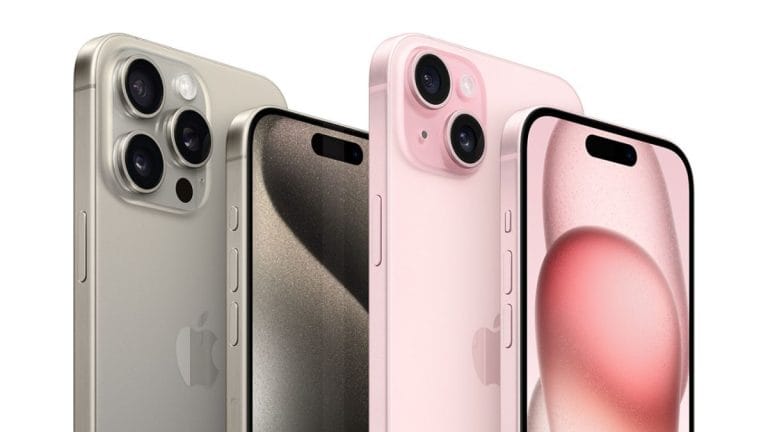1. Introduction
Apple Inc., a name synonymous with innovation, sleek design, and premium quality, has captured the hearts of millions across the globe. Known for groundbreaking products like the iPhone, iPad, and MacBook, Apple’s dominance in the tech world is driven not only by its superior technology but by an extraordinarily effective marketing strategy. Apple’s brand has become almost a cultural movement, making it a fascinating subject for a case study. This article explores Apple’s marketing genius by diving deep into each component that makes up its successful approach. From product positioning to customer loyalty, Apple’s marketing offers valuable lessons for brands across all industries.
2. Apple’s Marketing Strategy Overview
At the core of Apple’s marketing strategy is a commitment to simplicity and customer satisfaction. Unlike many brands, Apple doesn’t rely on aggressive marketing tactics; instead, it focuses on creating an experience that speaks for itself. Every Apple ad, product release, and even retail store is designed to align with a seamless brand image, maintaining the focus on quality, design, and innovation. Apple’s marketing revolves around ensuring that customers don’t just use its products—they experience them.
3. Target Audience and Market Segmentation

Apple has meticulously identified its ideal customer: the high-income, tech-savvy, and design-conscious individual. By focusing on premium segments, Apple has managed to command a brand loyalty that is hard to rival. Apple’s audience largely includes younger professionals, entrepreneurs, and creative minds who seek functionality paired with aesthetics. Through demographic, psychographic, and behavioral segmentation, Apple’s products are tailored to individuals who prioritize quality and innovation.
4. Unique Selling Proposition (USP)
Apple’s USP lies in its ability to create a powerful ecosystem of devices that work harmoniously, delivering a unique and cohesive experience. It’s not just about a single product; Apple sells a lifestyle. The seamless integration between iPhones, iPads, Macs, and other Apple products enhances the customer’s digital experience and locks them into the Apple ecosystem. By combining premium quality, cutting-edge technology, and intuitive design, Apple stands out as a brand that values excellence at every step.
5. Product Innovation and Development

Apple has built its reputation on innovation. The brand constantly redefines what technology can do, setting new standards in mobile devices, computers, and wearables. Each product launch is a testament to Apple’s commitment to innovation, often making headlines and creating buzz well before release. Innovations like the iPhone, which revolutionized mobile phones, and the iPad, which pioneered tablets, show how Apple leads in product development, which in turn drives its marketing success. Apple positions its products as tools of the future, ensuring that customers feel they are investing in something ahead of the curve.
6. Brand Positioning and Identity
Apple’s brand identity is unmistakable, characterized by minimalist design and a commitment to high-quality craftsmanship. The brand’s sleek logo, minimalistic advertising, and elegant product packaging all reinforce a cohesive identity that appeals to aesthetics-driven consumers. Apple’s marketing positions its products as symbols of quality and prestige, setting it apart from competitors who may focus more on specifications or pricing. Apple’s brand identity conveys a powerful message: its products are for those who prioritize both function and form.
7. Pricing Strategy

Apple’s pricing strategy is as distinctive as its products. Known for premium pricing, Apple appeals to customers willing to pay more for exceptional quality. The high price tags are part of Apple’s value-based pricing approach, where customers perceive the product as worth the cost due to quality, innovation, and customer service. By setting prices higher than competitors, Apple reinforces its brand’s luxury status, appealing to a demographic that equates high cost with high value.
8. Advertising and Promotion Techniques
Apple’s advertising strategy combines minimalism and impact. Its commercials are often straightforward, focusing on product features without unnecessary flair. Apple has used celebrity endorsements to drive visibility, but even these are subtle, keeping the product front and center. Storytelling also plays a crucial role—Apple doesn’t sell products; it tells a story of innovation, creativity, and change. This narrative builds intrigue and excitement, effectively communicating Apple’s mission to “Think Different.”
9. Emotional Branding

More than any technical specifications, Apple markets emotions. It’s about the feeling of owning an Apple product, the pride of being part of an elite group of users. This emotional branding creates a powerful connection with customers, who see Apple products as more than just gadgets. Apple appeals to the human desire for identity and self-expression, with products that become an extension of who the customer is. Instead of highlighting technical details, Apple’s ads focus on lifestyle, values, and how the product can change lives.
10. Retail and Distribution Channels
Apple’s retail approach is unique, from its flagship stores to its online presence. Apple Stores are designed to be experiential spaces, where customers can interact with products and get hands-on support from Apple experts. Each store is an extension of the brand, with sleek designs that reflect Apple’s minimalist aesthetic. In addition to its physical stores, Apple’s online store and partnerships with authorized retailers ensure its products are accessible worldwide. Apple controls every aspect of its distribution, ensuring consistent quality across all channels.
11. Digital Marketing and Social Media
Apple leverages digital marketing in ways that mirror its general marketing approach: concise, visually appealing, and strategically targeted. Instead of frequent social media posts, Apple takes a selective approach, often using its platforms to showcase new products and inspire creativity among users. Apple’s website and app ecosystem are optimized for seamless interaction, further reinforcing its digital presence. Campaigns like #ShotoniPhone highlight user-generated content, connecting with consumers in authentic, engaging ways.
12. Content Marketing Strategy
Apple’s content marketing strategy revolves around creating a story that resonates with its users, often focusing on lifestyle, creativity, and innovation rather than pure product features. This approach establishes Apple as a thought leader in the tech industry. Apple’s videos, tutorials, and user testimonials often showcase how their products can transform lives, inspire creativity, and enhance productivity. By emphasizing real-world applications and the experiences of its users, Apple builds a community that values creativity and innovation. Additionally, Apple leverages its product launches as major content events, sparking global excitement and media coverage.
13. Customer Loyalty Programs

While Apple doesn’t have traditional loyalty programs, it has found unique ways to ensure long-term customer retention. The Apple ecosystem itself functions as an informal loyalty program—once a user is invested in Apple devices, they benefit from seamless integration across products. Services like iCloud, Apple Music, and Apple One bundle subscriptions into one easy package, encouraging customers to stay within Apple’s offerings. The brand’s emphasis on consistent product quality and customer service further drives loyalty, as customers know they can rely on Apple for updates, support, and solutions across their devices.
14. Data-Driven Marketing Insights
Apple’s approach to data-driven marketing is discreet but highly effective. The company leverages customer data to improve user experience, but unlike many tech giants, Apple is staunchly protective of user privacy, which it incorporates into its brand narrative. Apple uses aggregated data from its devices to enhance product features, improve software, and tailor marketing efforts to meet customer needs. This privacy-centered approach resonates well with its audience, particularly in a climate where data privacy concerns are high. Apple’s marketing strategy shows that companies can utilize data without compromising customer trust.
15. Corporate Social Responsibility (CSR) and Sustainability
Corporate social responsibility is integral to Apple’s brand image. Apple has made bold commitments to reduce its carbon footprint, aiming to make all products and operations carbon neutral by 2030. The brand’s sustainable initiatives, like using recycled materials in its products and reducing packaging waste, align with consumer expectations for environmentally responsible companies. Through CSR efforts, Apple enhances its brand loyalty by appealing to customers who value environmental and ethical practices, thus differentiating itself in a competitive market.
16. Competitive Analysis
Apple’s competition with companies like Samsung, Google, and Microsoft illustrates the uniqueness of its marketing strategy. While competitors may focus on technical specifications and price advantages, Apple focuses on a holistic experience and lifestyle branding. Samsung and other Android-based companies often emphasize their hardware’s capabilities, while Apple concentrates on ecosystem integration and aesthetic value. Apple’s consistency in positioning itself as a premium brand allows it to avoid direct price wars, instead cultivating a dedicated following that values design, quality, and the Apple brand over the latest technical features.
17. Challenges and Criticisms
Despite its strengths, Apple’s marketing strategy faces challenges and criticisms. High pricing can make Apple products inaccessible to some customer segments, sparking discussions on exclusivity. Additionally, the brand’s closed ecosystem, while appealing to loyal users, limits customization and compatibility with other systems. Environmental concerns also arise around frequent product updates, as some argue this leads to electronic waste. Addressing these issues is crucial for Apple to maintain its reputation and market position, especially as consumers grow more environmentally conscious.
18. Future of Apple’s Marketing Strategy
As technology continues to evolve, so too will Apple’s marketing strategy. With growing interest in virtual reality (VR) and augmented reality (AR), Apple is likely to integrate these technologies into future marketing efforts, creating immersive experiences for customers. Apple may also expand its focus on health and wellness, which has already been seen with products like the Apple Watch and health-related software. Additionally, as global markets shift, Apple will need to adapt its strategy to address emerging customer expectations around transparency, ethical practices, and sustainable innovation.
Conclusion
Apple’s marketing strategy serves as a masterclass in building brand loyalty, maintaining a premium image, and creating a cohesive brand experience that resonates with customers worldwide. By focusing on quality, simplicity, and emotional connections, Apple transcends the typical brand-consumer relationship, fostering a sense of identity and belonging among its users. This strategy has cemented Apple’s position as a leader in the tech industry and offers invaluable lessons for brands seeking to cultivate a loyal customer base. As Apple continues to innovate, its marketing approach will likely evolve to meet new challenges and opportunities, keeping it at the forefront of consumer technology.
FAQs
What is Apple’s main marketing strategy?
Apple’s primary marketing strategy focuses on building a premium brand image, leveraging emotional branding, and creating a seamless ecosystem across its products. This approach emphasizes product quality, innovative design, and user experience over aggressive promotional tactics.
How does Apple create brand loyalty?
Apple builds brand loyalty by offering high-quality products, a seamless ecosystem, and excellent customer service. Additionally, its focus on emotional branding connects with users on a personal level, encouraging long-term brand loyalty.
Why is Apple’s pricing strategy effective?
Apple’s premium pricing strategy reinforces its brand’s luxury image, allowing it to attract customers who prioritize quality over cost. This strategy also positions Apple products as valuable, high-end devices, enhancing the perception of worth among customers.
How does Apple use digital marketing?
Apple’s digital marketing approach is subtle but impactful, often using high-quality visuals, minimalism, and selective engagement on social media. The brand relies on user-generated content, such as the #ShotoniPhone campaign, to connect with customers in a genuine way.
What is Apple’s approach to sustainability in marketing?
Apple incorporates sustainability into its marketing by highlighting its commitment to environmentally responsible practices. This includes goals for carbon neutrality, use of recycled materials, and minimizing waste, which appeals to environmentally conscious consumers and strengthens its brand reputation.




